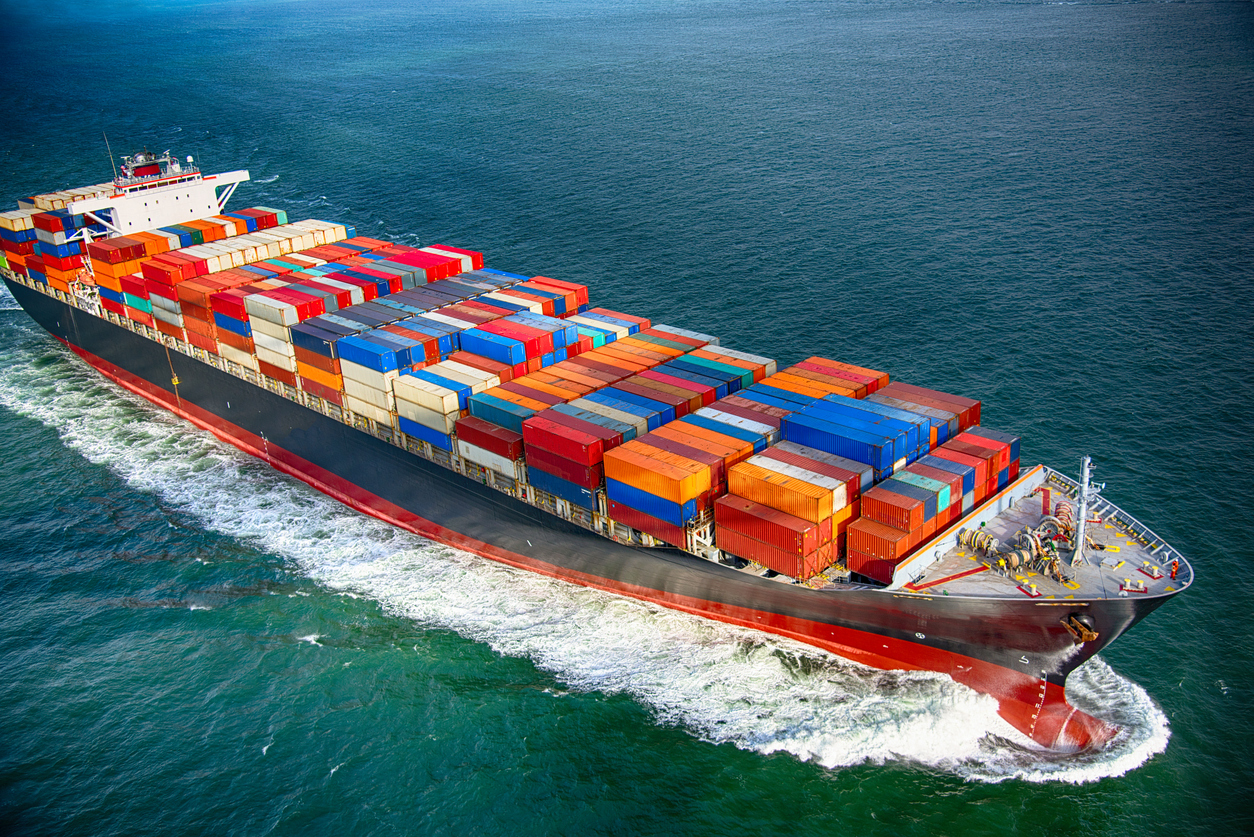The tankers were attacked in the Gulf of Oman, which is located near the Strait of Hormuz, a vital shipping route for global trade. More than a fifth of global oil demand passes through the Strait or 16.8 million barrels per day according to Lloyd’s List.
According to Russell Group analysis, there are over 67,533 movements by goods carrying vessels (bulkers, tankers and container ships) through the strait of Hormuz per annum.
Of this 25% (16,877) are from vessels operated by Asian domiciled operator companies, with the top 5 countries that account for 81% of this 16,877 being the following: Singapore (4,592), Japan (3,462), South Korea (2,193), China (2,117 – excl. Taipei and Hong Kong) and India (1,370).
In response to the attack, the price of Brent crude rose more than 4% and was trading at $61.46 per barrel, as traders worried about the impact on supplies. Higher Brent crude prices feed into high petrol and diesel costs as well as any consumer goods, which are impacted by higher transport costs.
The International Monetary Fund had previously calculated that a 10% increase in oil prices leads to a 0.4% increase in inflation in the advanced economies.
The attack comes at a time of rising tensions between the US and Iran. In the immediate aftermath of the attack, the U.S administration supported by Britain accused Iran of staging the attack. Meanwhile, the Japanese Prime Minister, Shinzo Abe was visiting Iran to help defuse the growing tensions between Iran and the US.
Since May 24th, Lloyd’s War Risk Committee has extended the list areas of “perceived risk for marine insurers” to include Gulf of Oman, Oman, the UAE and Saudi Arabia. Shipowners are required to inform insurers if they are travelling in any of those areas.
For insurers, the question now is if this event – like the previous event in the UAE – is proven to be a war event, then will it increase war premiums across the region significantly?
Similarly, this attack along with the previously threatened blockade of Hormuz could see insurers raise premiums for travel throughout the strait, which could have a cascading effect on the wider global economy.














